Exact Answer: Up to 4 years
BK is a shorthand abbreviation commonly used to connote bankruptcy. Bankruptcy refers to a legal provision that helps those who are unable to repay their creditors. It is a form of a fresh financial start that is granted to the individual filing for the bk.
A conventional loan, on the other hand, refers to a mortgage loan that is not backed by a government agency. These loans are made available to the individual home seeker through private creditors. These private mortgage lenders interrogate whether an individual is fit for the loan or not. They scrutinize his documents and determine his creditworthiness.
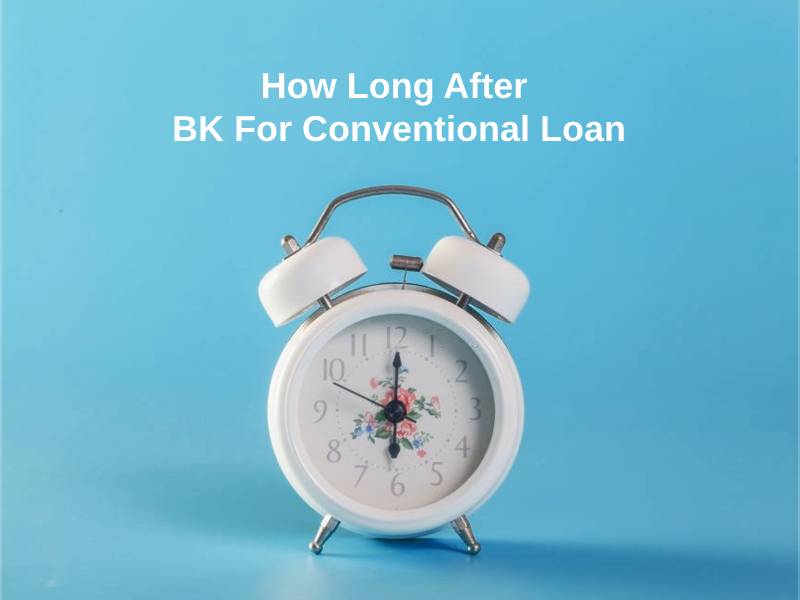
How Long After BK For Conventional Loan?
The stipulated waiting period for an individual who is seeking a conventional loan after he or she has filed for bankruptcy will be hinged on several factors including the type of bankruptcy charge, the credit score of the person, and the desired amount for the loan.
A Chapter 7 bankruptcy charge remains on one’s record for 10 years even after it is dismissed, while a Chapter 13 charge is visible on the records for 7 years. This, however, does not affect the prospects of the individual in terms of securing a conventional loan.
Generally, Chapter 7 is the most common bankruptcy charge that people file. Under the guidance norms for Chapter 7 bankruptcy cases, the plaintiff has to wait for at least 4 years after the charge is dismissed. One cannot apply for a conventional loan before this time period is over.
However, if the individual is able to show that the bankruptcy was a result of unforeseen circumstances then this period can be reduced to merely 2 years. This happens when the petitioner can show that the bankruptcy happened due to the death of the earning spouse or due to some natural calamity.
Under a Chapter 13 charge, the time period of waiting is still 4 years since the day the charge is dismissed in court by a judge. However, the petitioner can apply for a conventional loan within 2 years from the discharge date.
Within the gambit of Chapter 13, the same rules of lenience are applied for those who can show that the bankruptcy was not caused by them handling funds inappropriately. The time frame for such cases to apply for a conventional loan is 2 years.

In Summary:
| Type of Bankruptcy | Waiting Period For A Conventional Loan |
| Chapter 7 (Normal Circumstances) | 4 years |
| Chapter 7 (Extraneous Circumstances) | 2 years |
| Chapter 13 (Normal Circumstances) | 4 years |
| Chapter 13 (Extraneous Circumstances) | 2 years |
Why Do You Have To Wait So Long After BK For Conventional Loan?
After a person has filed for bankruptcy, the credit score of the individual in question is severely affected. This in turn frames the person as a financial liability for any potential investors and creditors. Thus, after the person files for bankruptcy, it is almost impossible to get a loan immediately afterward.
Both Chapter 7 and Chapter 13 charges require that the person waits for 2 to 4 years because this time has to be used by the individual to rebuild his credit trustworthiness. In the absence of this, no lender will be willing to grant loans or mortgages to the person.
In extraneous circumstances, the leniency granted is possible because the person proves in court that the bankruptcy was not a result of irresponsibly handling funds. This in turn helps the person secure his position as a trustworthy asset negating the liability image that is created by the charge.
To avail of a conventional loan- under both these bankruptcy charges- one has to secure a credit score of at least 620. To do so after the charge is dismissed by the court takes time. Moreover, since all conventional loans are granted by private investors, the stakes of proving that you are a reliable debtor are quite high.

On the other hand, there are several alternatives to the conventional loan route. One can opt for government-backed loans that have a shorter waiting time. FHA, VA, the USDA, all offer loans to bankruptcy filers within a much shorter time period from the date the charge is dismissed.
Conclusion
Securing a loan after filing for bankruptcy is quite an arduous task for all. Most agencies are unwilling to grant credit to a person who has already proven himself to be a financial liability. However, one can secure mortgage loans from private investors in the form of conventional loans.
Usually, if the person in question has filed for a Chapter 7 bankruptcy charge, he can secure a conventional loan within 4 years. Under special circumstances, this time is reduced to 2 years. When the individual in question files for a Chapter 13 charge of bankruptcy, the waiting period remains 4 years if the charge is dismissed.


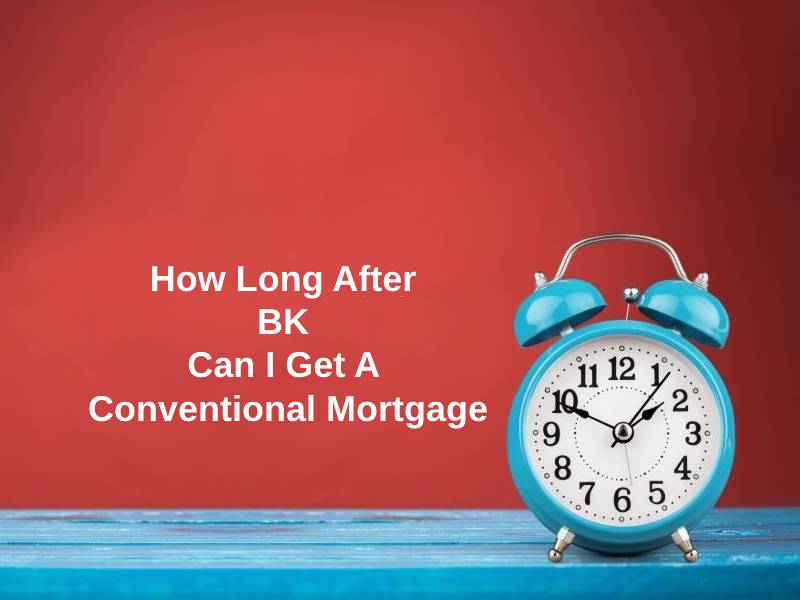
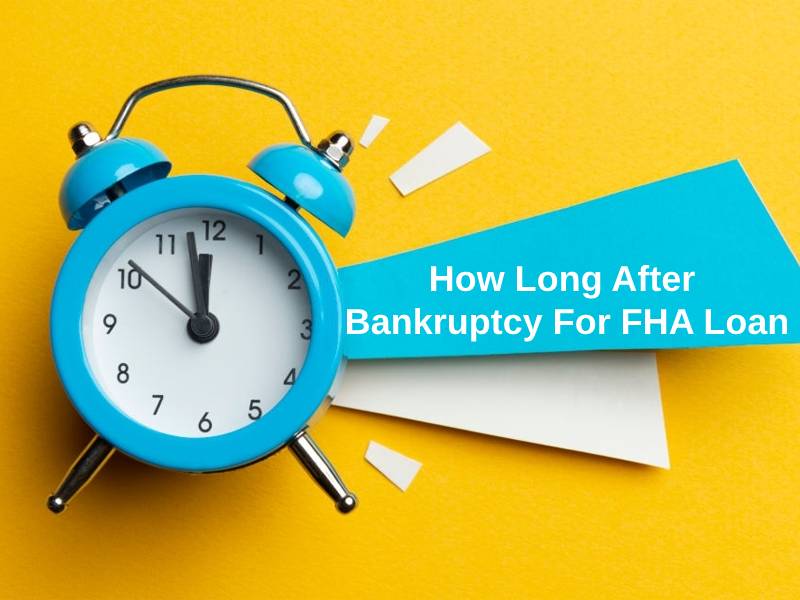
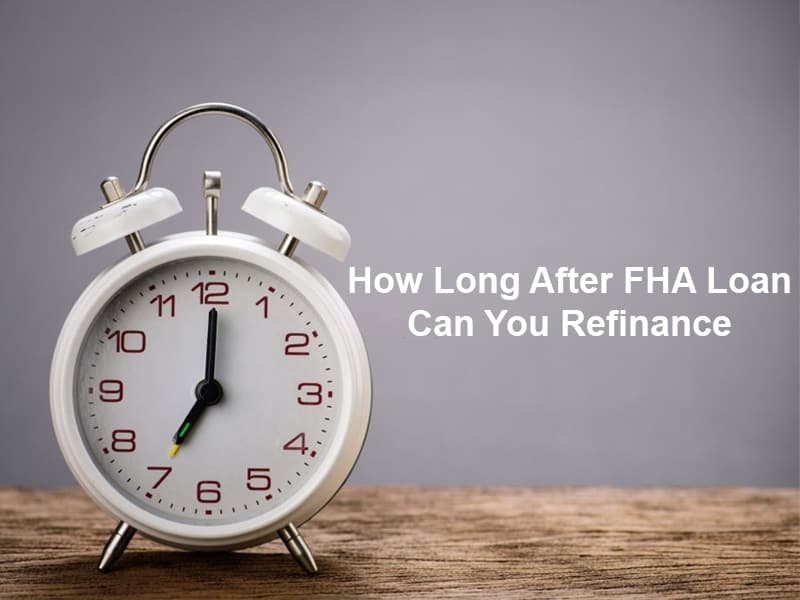
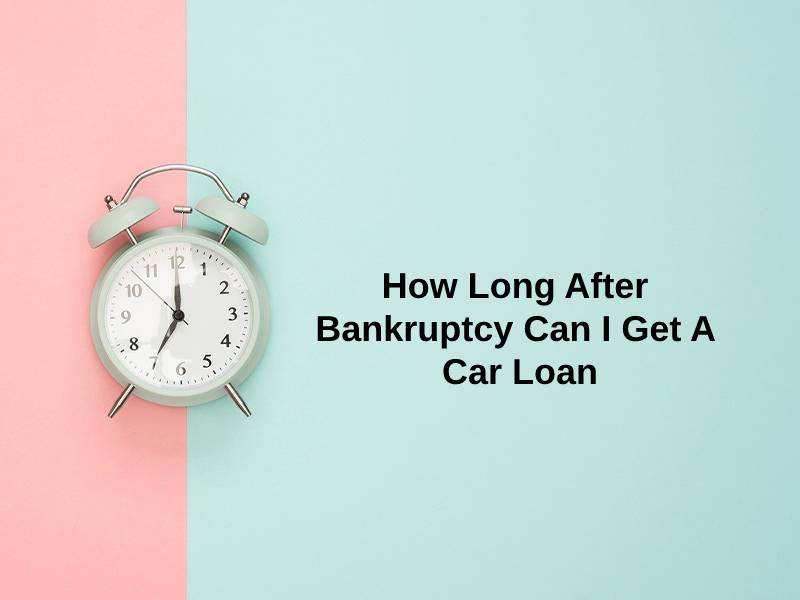
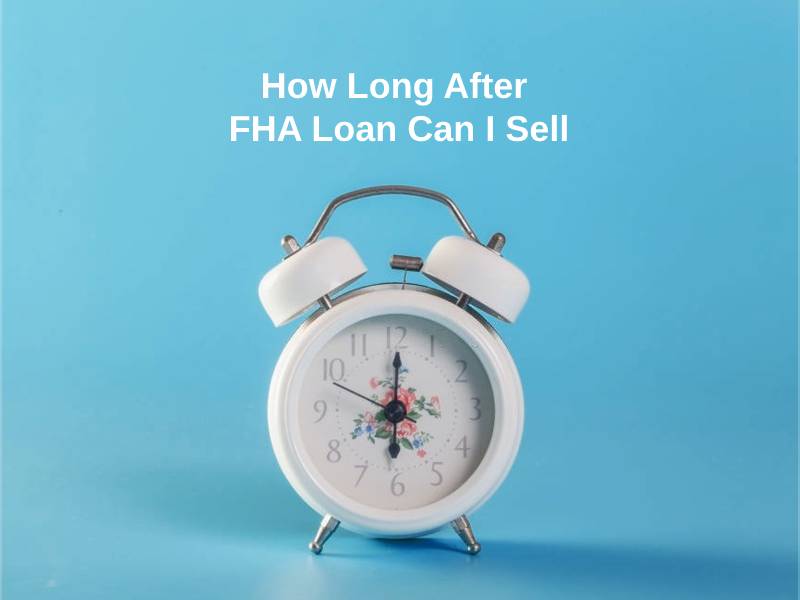
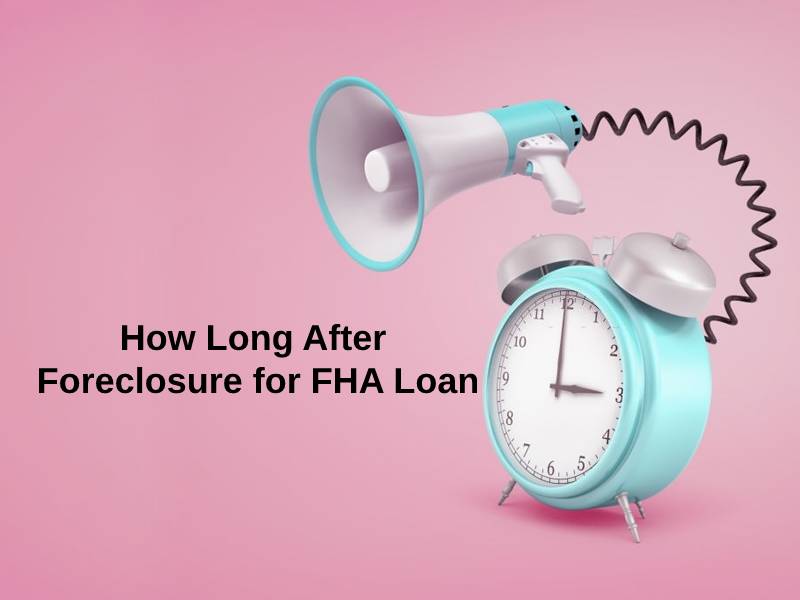
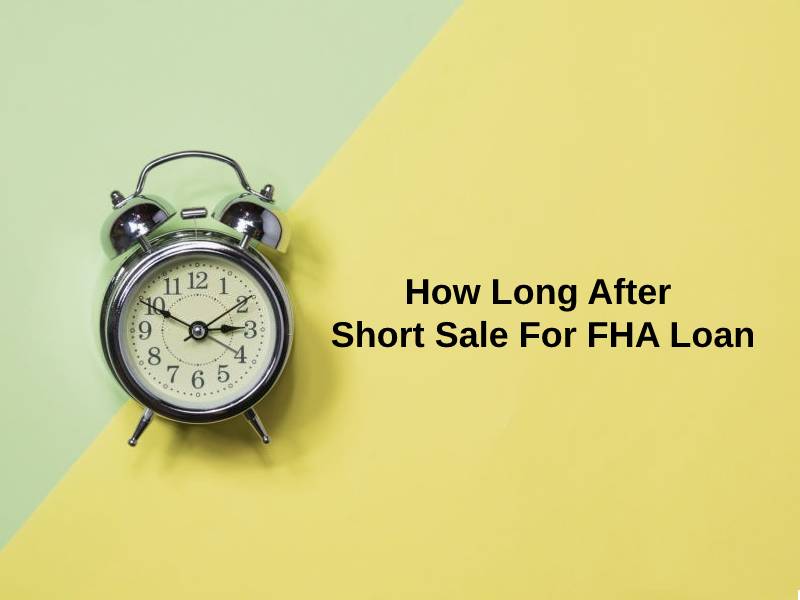
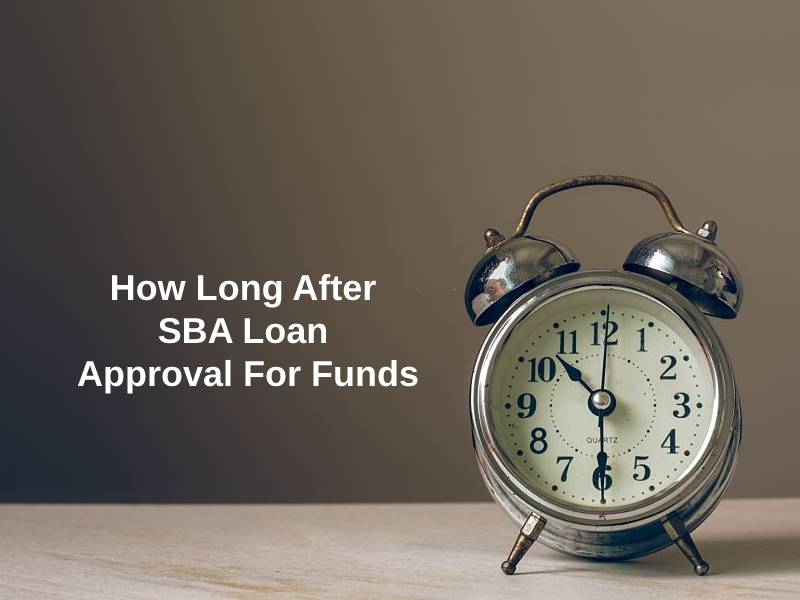
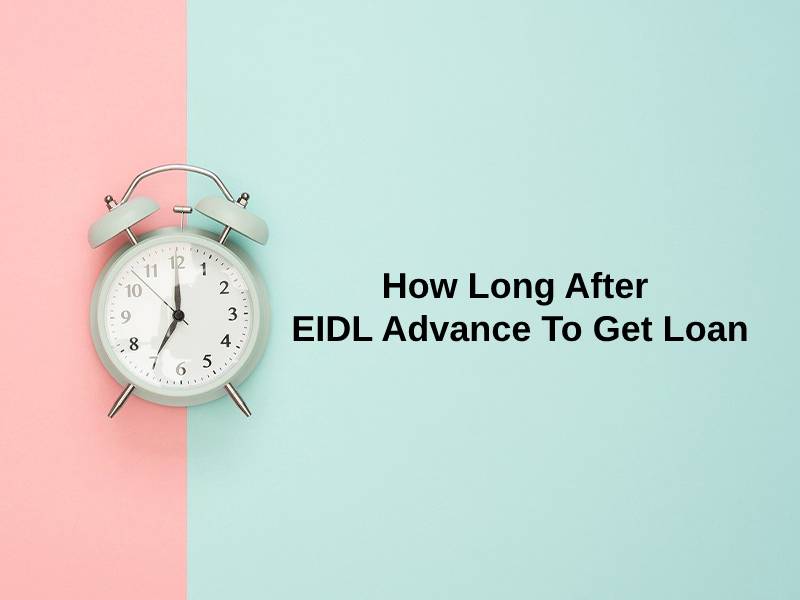
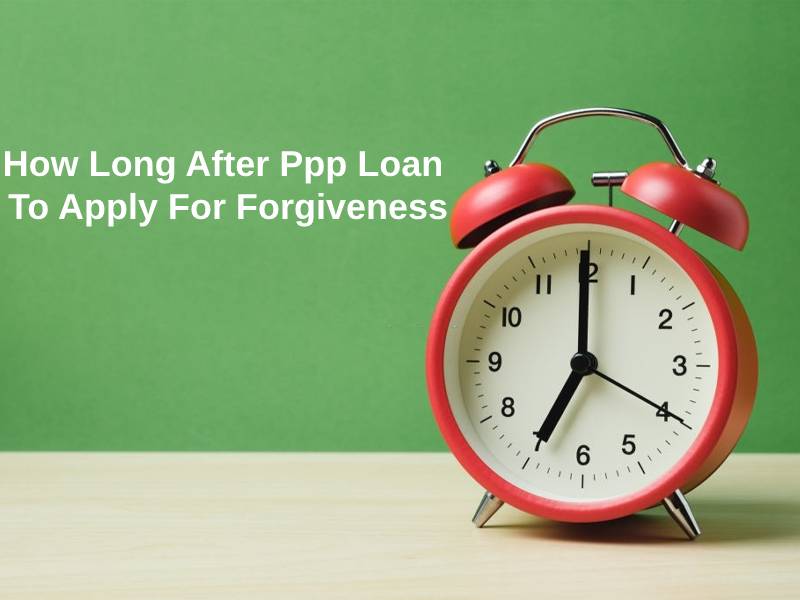
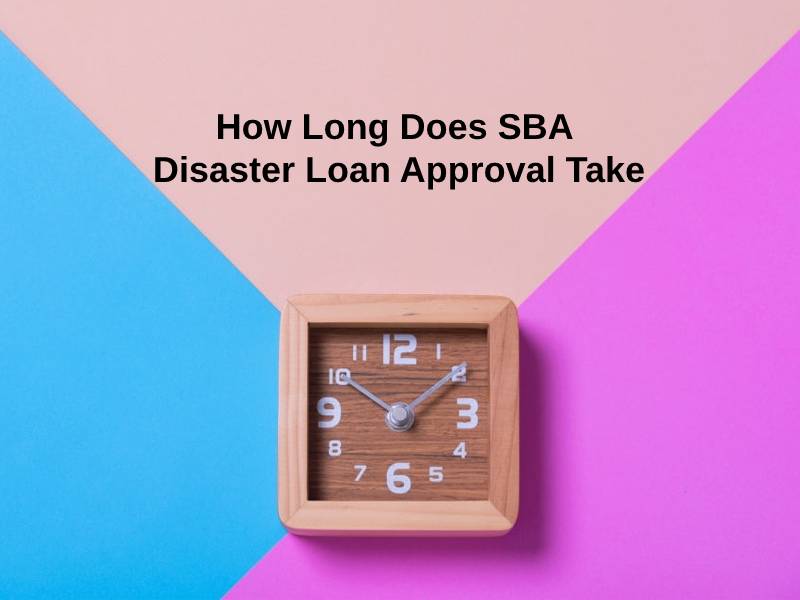
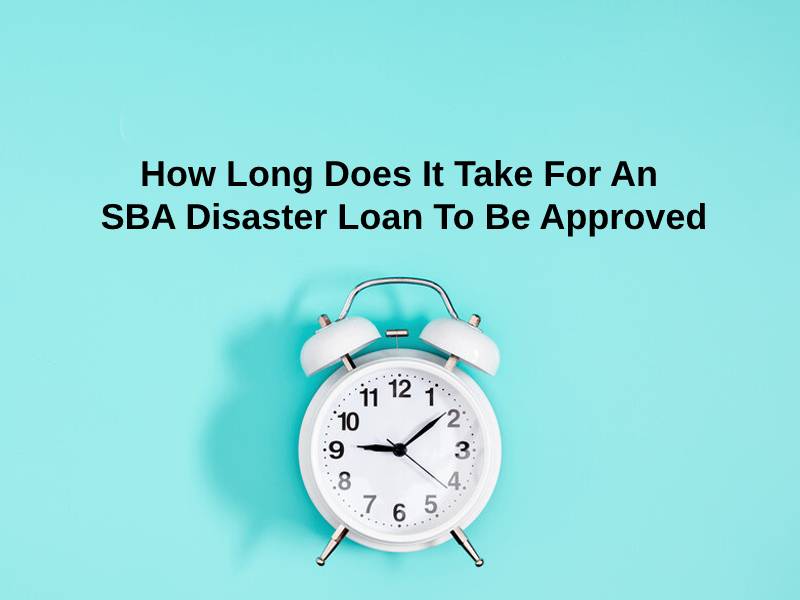

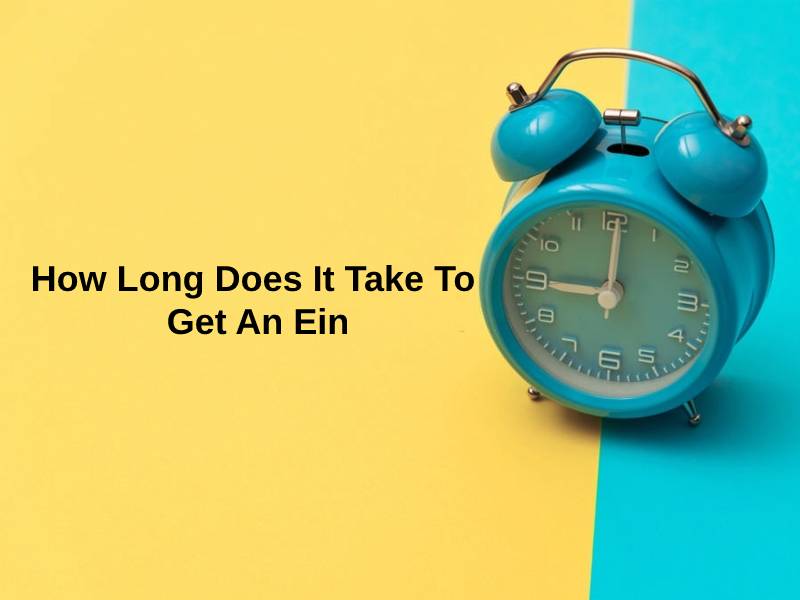
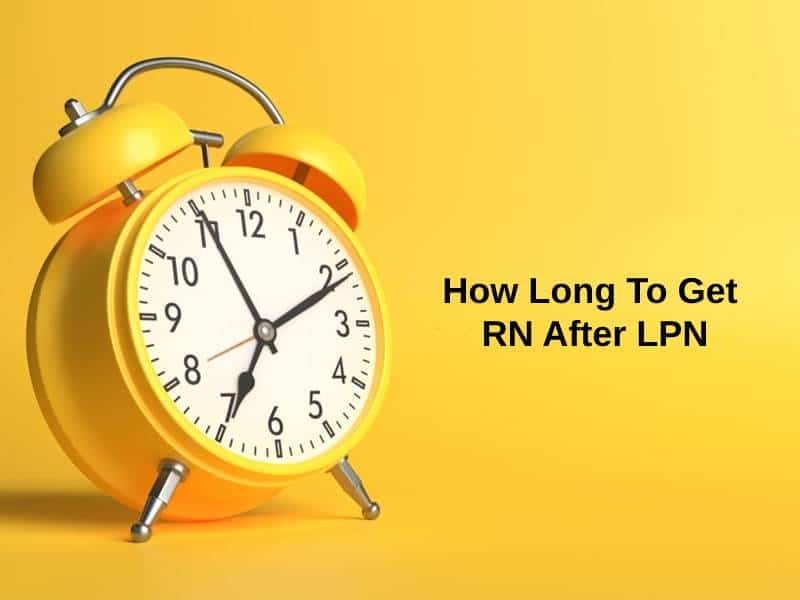
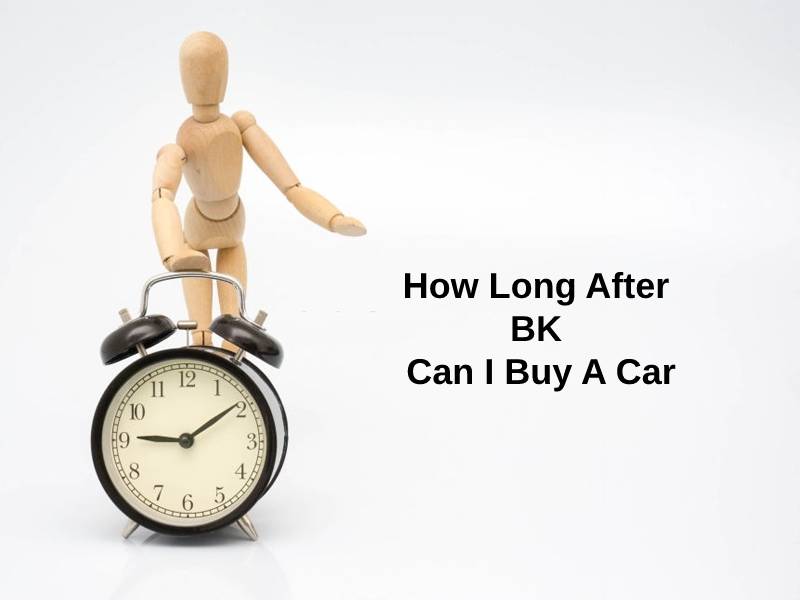
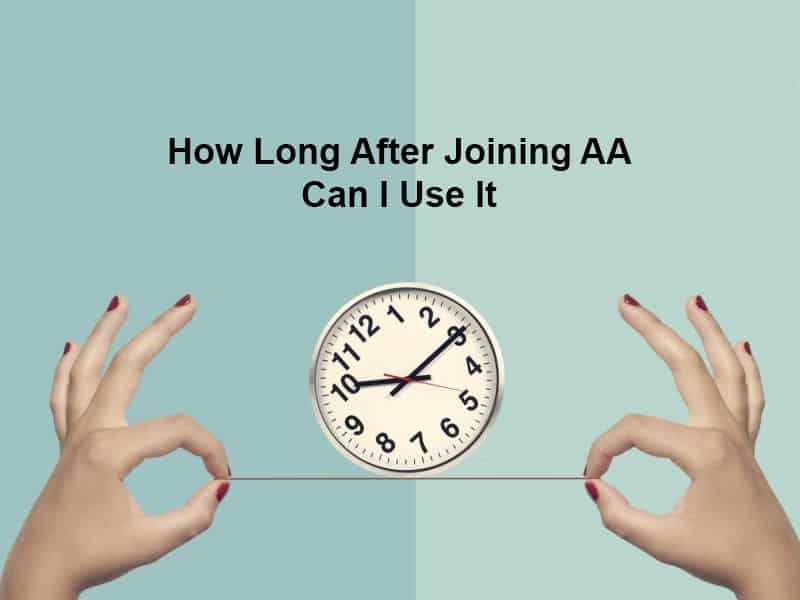
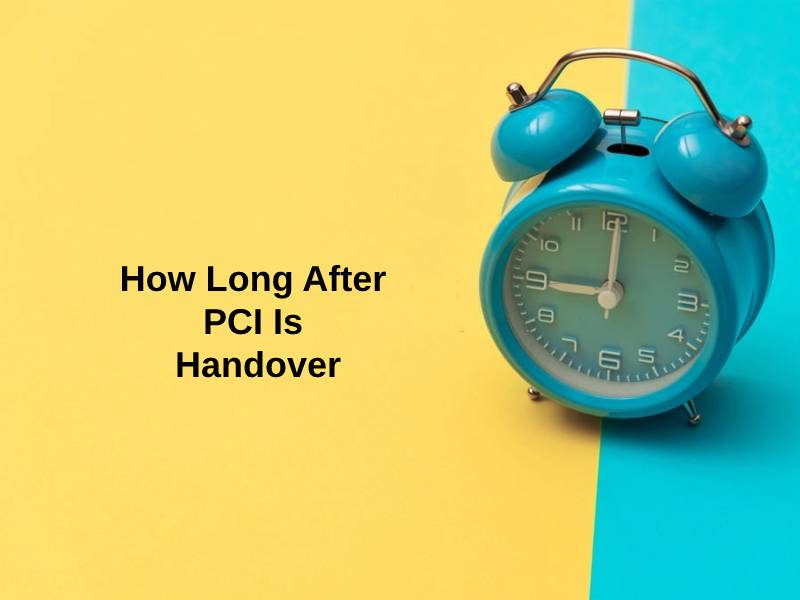
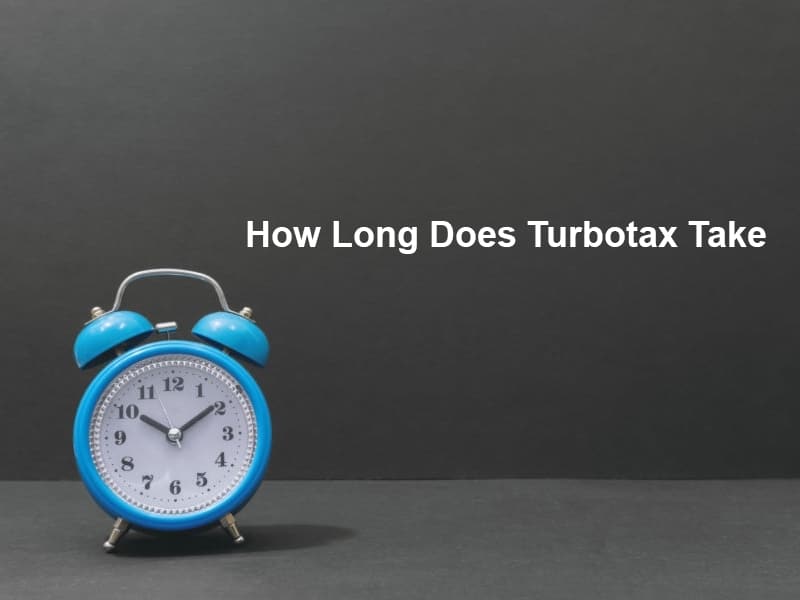


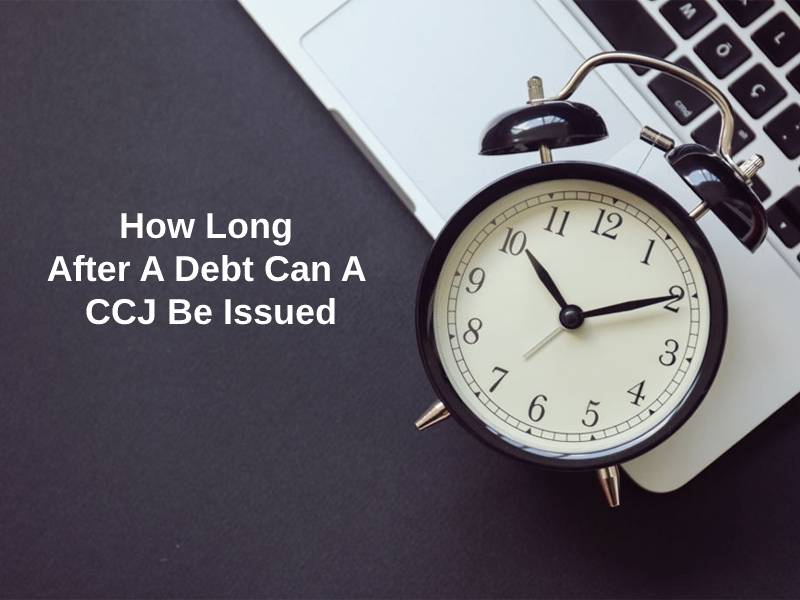
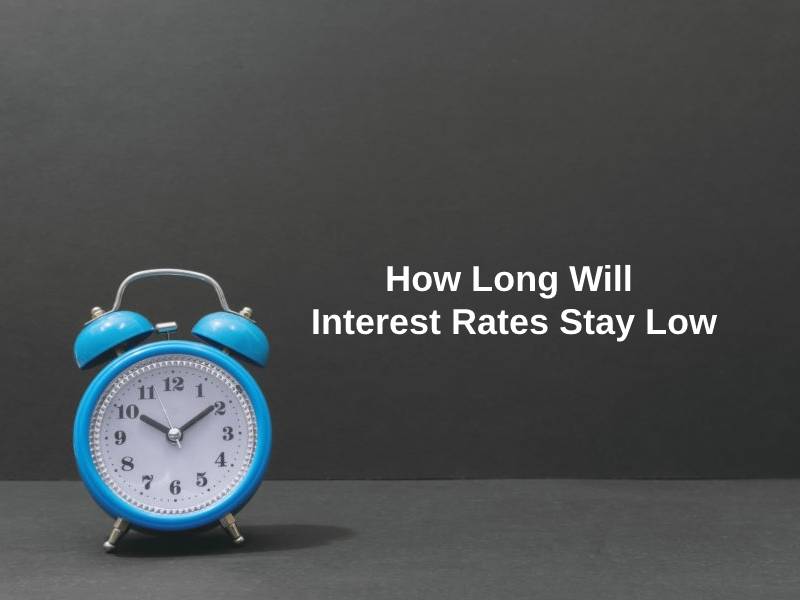
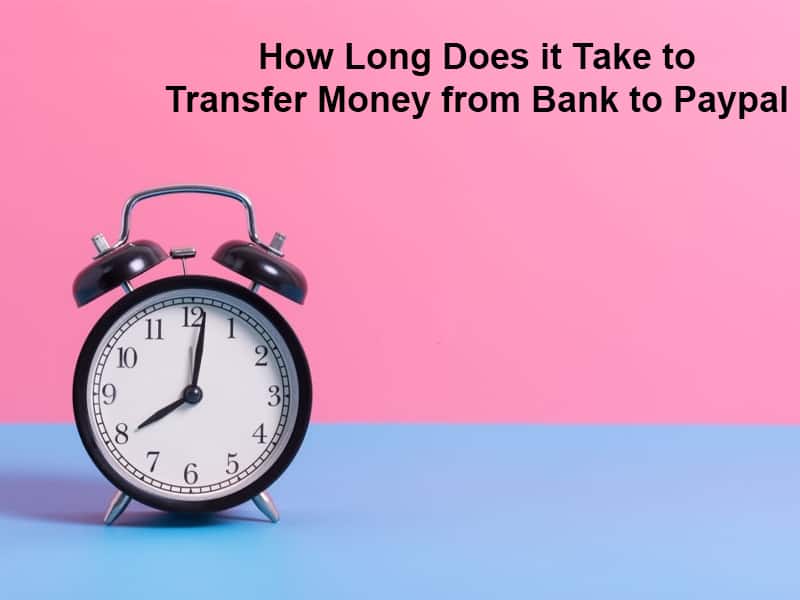
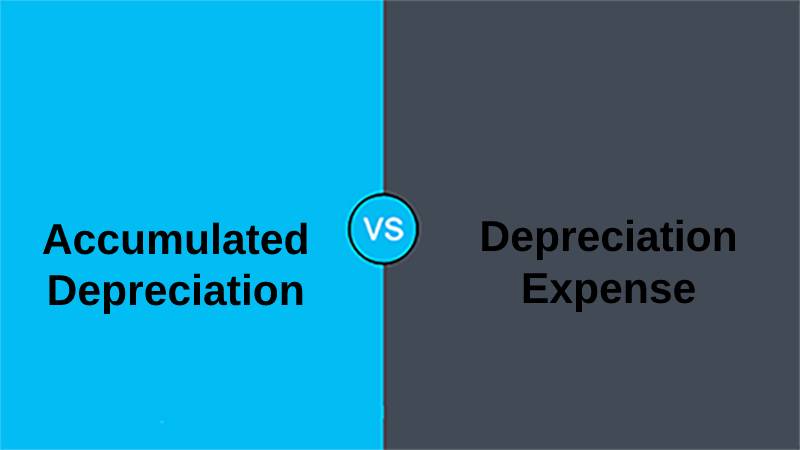
The comparison between Chapter 7 and Chapter 13 waiting periods for conventional loans is presented with clarity and precision.
The detailed summary enables a comprehensive understanding of the subject matter.
The alternatives to conventional loans are briefly mentioned, raising the curiosity to explore these options further.
Indeed, the reference to alternative loans is intriguing and worth looking into.
Absolutely, a great point to consider when navigating post-bankruptcy financing.
While the waiting period is understandable, the stringent credit score criteria for conventional loans post-bankruptcy is quite demanding.
Agreed, the stringent nature of the credit score requirement is something that individuals need to be aware of.
Why should we care about this? I don’t understand the relevancy of this information.
The detailed analysis of waiting periods for Chapter 7 and Chapter 13 bankruptcies in the context of getting a conventional loan is very helpful.
Yes, the breakdown is beneficial for those navigating post-bankruptcy financing options.
The explanation of credit score rebuilding after bankruptcy is especially insightful.
Because waiting to apply for a conventional loan after bankruptcy is such an easy and quick process… right? Who doesn’t love a good challenge to rebuilding their financial trustworthiness!
The sarcasm is on point! It’s definitely no walk in the park to navigate financing after bankruptcy.
Indeed, the intricate process of regaining financial trustworthiness post-bankruptcy is quite the exhilarating endeavor.
Who would’ve thought waiting after bankruptcy for a conventional loan was such a detailed and intricate process. The more you know!
Indeed, it’s a surprisingly complex aspect of post-bankruptcy financial recovery.
The acknowledgment of various waiting periods due to different circumstances in a bankruptcy filing is a key takeaway from this article.
The nuanced approach to waiting periods is definitely enlightening.
Absolutely, it adds significant depth to the understanding of post-bankruptcy financing.
The author does a good job of explaining the rationale behind the waiting periods and the significance of creditworthiness in securing a conventional loan post-bankruptcy.
Absolutely, the emphasis on credit trustworthiness is crucial in understanding the process.
Incredibly informative and detailed breakdown of the waiting times after bankruptcy for conventional loans.
I appreciate the thorough explanation, it sheds light on a complex topic.
Agreed, the author provides a clear understanding of the process.